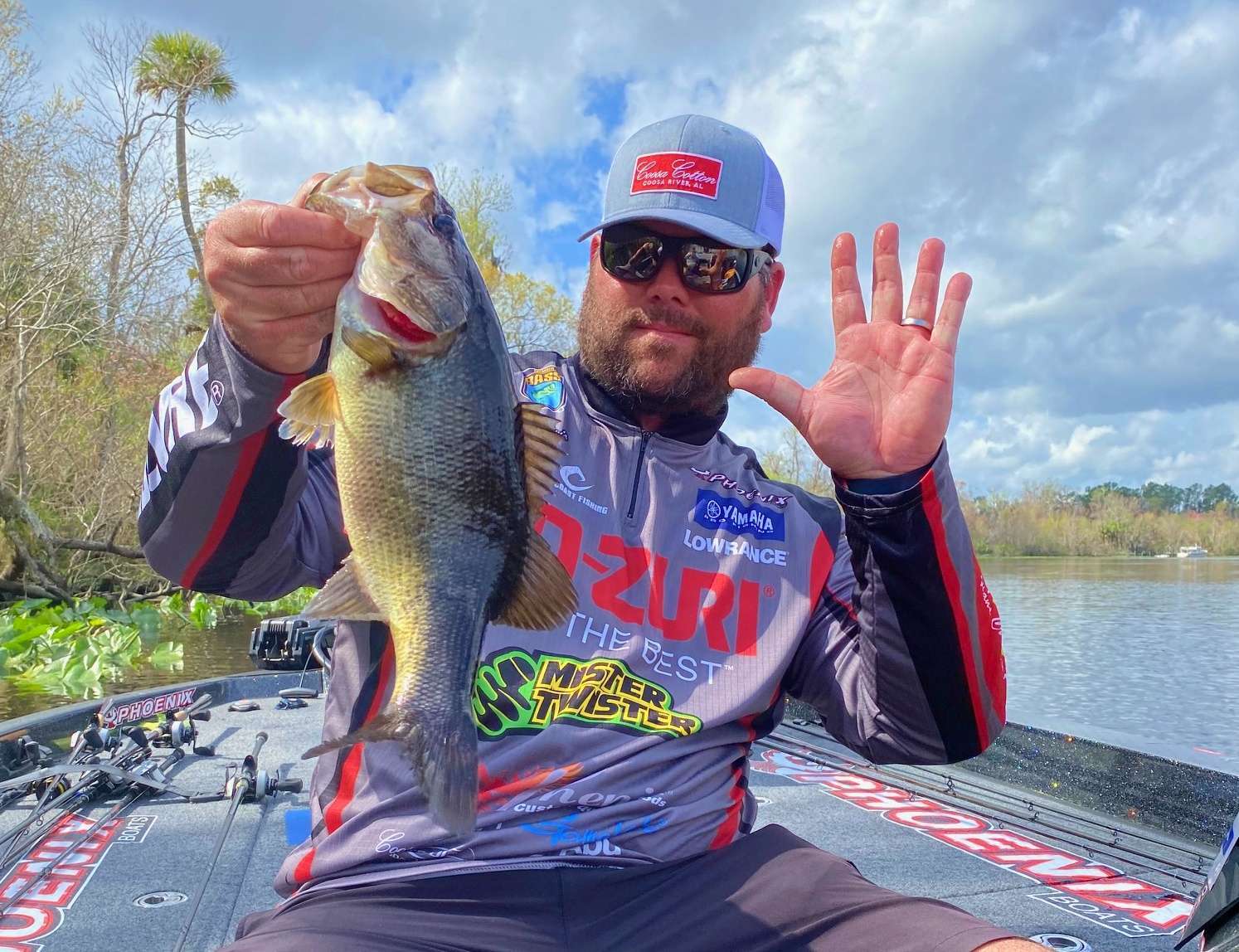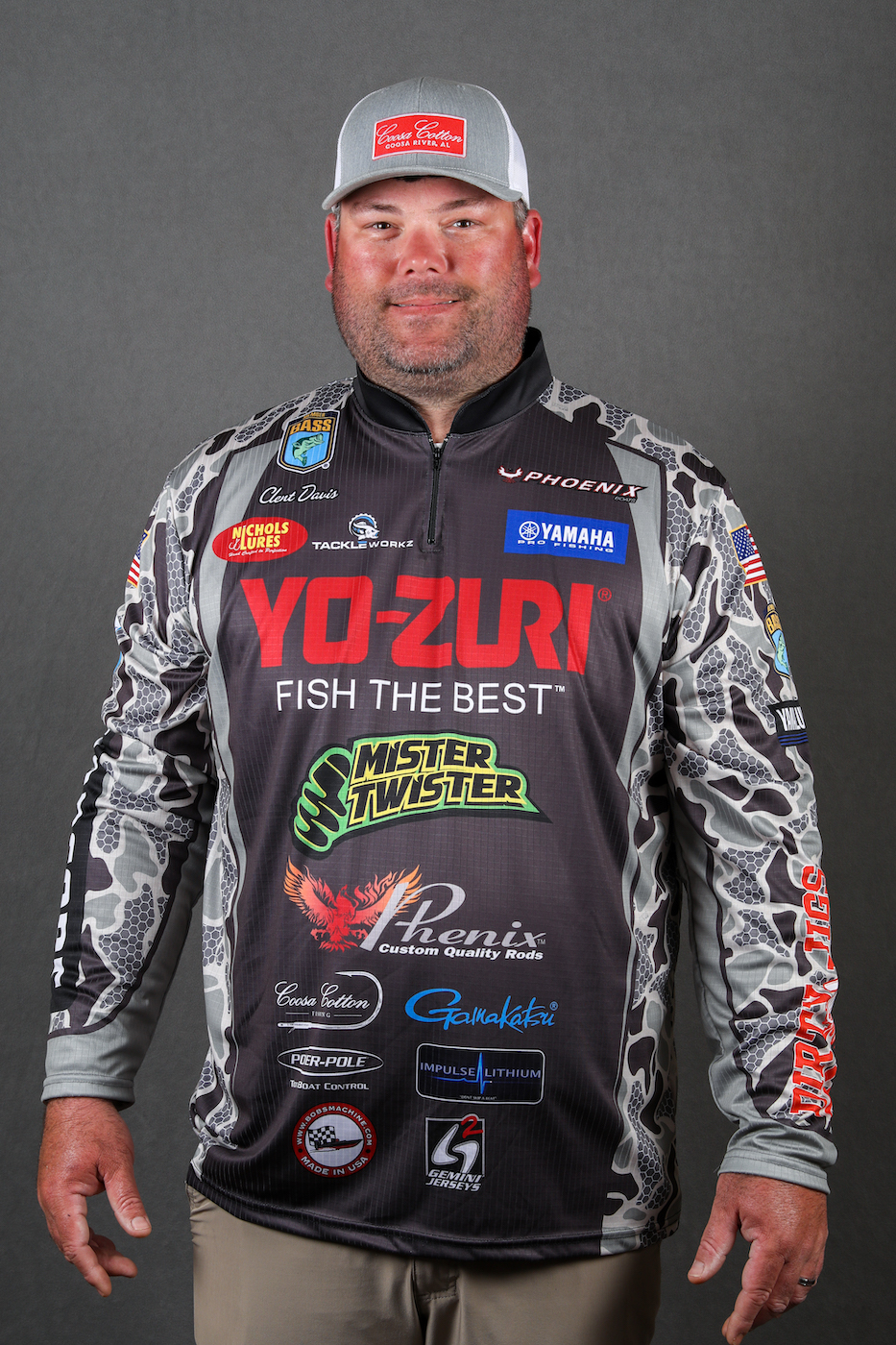
Those of us who fish a lot, especially at a serious level, know that there isn’t any such thing as a universal bait. It doesn’t exist. No one lure will catch fish under any and all conditions. For me, though, there is a bait that works through a long part of the year, and under a wide variety of conditions. It’s a swim jig.
We’ll start this discussion with when and where I fish one.
Water temperature is the first factor. I’ll throw a swim jig anytime the water temperature is between 50 and 75 degrees. In my mind that’s in the very early prespawn all the way through the shad spawn.
The water needs to be warm enough to make the fish active so that’s why I pick 50 degrees. I’ll not stop throwing one until the water moves into the middle 70s or a little above that. My thinking there is that’s when the shad spawn slacks off and bass start to move out into deeper water.
Where I fish one is a wide ranging subject. Truthfully, I always have one on the deck of my boat — subject to the water temperature range I just mentioned — every day I’m fishing. And I don’t care if I’m fun fishing, prefishing or in tournament competition.
As far as specific places are concerned I’d say that anywhere there’s grass, rock or wood are good. But there are other places that a swim jig is good too. Docks and laydowns, not to mention creeks and ditches that run into a lake or river, fall into that category. And, so are deep drops or breaks, channel swings and almost any other type of cover that’s under deep water.
You’ll note that I haven’t said anything about water depth. That’s because it’s a secondary factor for me. I fish my swim jig high in the water column, and I move it fast and erratically so depth is not an issue.
The idea is to generate a reaction bite. I don’t want my fish to get a good look at the bait. I keep it above them with speed and by using 65-pound-test braided line. Braid floats, and that helps keep my bait high. And, I shake my rod tip during the retrieve. That makes the jig look more lively, and it also helps keep the fish from being able to zero in on the details of what it looks like. They should see something, not everything.
I also make long casts all the way to the bank. Fish can feel, or hear, or sense that something is coming their way even when they can’t see it. I want them ready to strike in an instant.
My preference for the swim jig itself is a Nichols Lures Sledgehammer. I like the 3/8-ounce weight, but they also make one that weighs 1/2-ounce. It’s exactly like the 3/8-ounce model so it’s just as good.
Nichols makes the Sledgehammer Swim Jig in at least 18 colors but my preferences are simple. I like Clent’s Shad Spawn. It looks like the real thing when the bass are feeding on shad or other light colored baitfish. I also fish with a color they call black blue. It works great when the bass are feeding on panfish like bluegill.
Most of the time I put a trailer on my swim jig. I use Mister Twister 4-inch Buzz Bug Craws. I like it best because the claws are long so it looks good behind my Sledgehammer. I match the color of my Buzz Bug to the color of my Sledgehammer — white for the shad and blue for the black blue.
If swim jigs don’t have an important place in your boat, they should. They will catch bass. I guarantee it!

